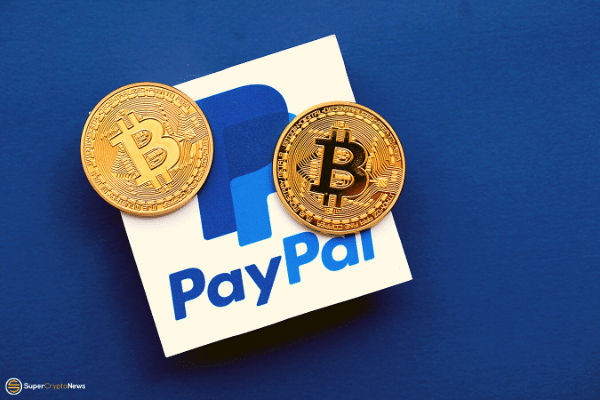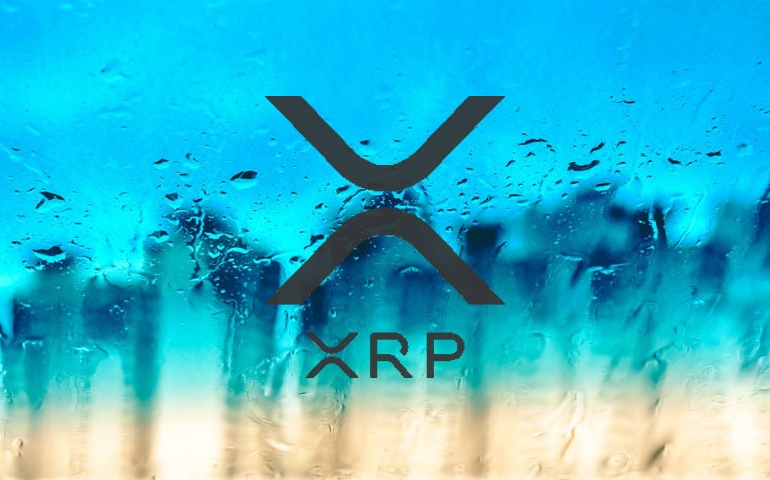
- Beijing greenlights a variety of NFT projects that it hopes will encourage more mainstream use of its permissioned blockchains
- Chinese NFTs have no secondary markets, existing only on centralized blockchains to prevent speculation
There is no shortage of contradictions in China, where an ostensibly communist state appears to have all the trappings of capitalism.
Call it the Best of the West with “Chinese characteristics” if you will, but China has long had a tradition of stamping its imprimatur on concepts, models, and strategies which it deems would be of long-term benefit not just to the country, but to the unassailability of its one-party polity.
Which is why China’s initial tolerance of cryptocurrencies, only to see a strong about face, banning them altogether, is about par for the course, especially when it comes to new technologies.
From the real estate sector to the online afterschool education market, there are no sacred cows in China and why Beijing’s recent embrace of NFTs or non-fungible tokens must be viewed from that lens.
The same way that China managed to “tame” the internet (take that Bill Clinton), it’s looking to domesticate the otherwise ungovernable realm of the cryptosphere, starting with NFTs.
Chinese President Xi Jinping has made clear his disdain for the free-wheeling anti-establishment cryptocurrency community, but declared that blockchain technology is a key pillar in China’s economic development, urging the mass adoption of digital ledgers and issuing its own central bank digital currency (currently in limited circulation).
When it comes to NFTs, Beijing’s approach looks nothing like what the decentralized community could have imagined.
NFTs, first developed on decentralized blockchains to prove ownership of a digital asset, act as an effective store of value because they cannot be copied digitally.
China intends to use on permissioned, centralized blockchains that operate under state oversight that permits the acquisition of an NFT, but with no secondary market to speculate in that token.
To that end, Alibaba’s (+3.08%) Ant Group and WeChat owner Tencent Holdings (-0.49%) have partnered so-called “alliance” blockchains controlled by groups of private companies under the direct mandate of Beijing.
Ant Group has launched “Treasure Project” for museums and galleries to issue their digital collectibles based on blockchain technology and a total of 24 museums across China are set to join the campaign to issue NFTs inspired by the tiger-themed cultural relics for the Year of the Tiger.
And while Beijing bans the rampant speculation in cryptocurrencies, it appears more than willing to foster that same activity when it comes to quasi-crypto of its own making, in this case NFTs.
Chinese investors have been buying these Beijing-sanctioned NFTs in case they prove to be valuable over the long run.
This month, over 2,000 cartoon pigeons were sold on the Bilibili platform, a Chinese video sharing website, like a mashup between TikTok and Instagram Stories, and buyers of these NFTs will have the right to make and sell physical products based on their unique pigeon image.
To that end, China’s NFTs are in some ways superior to decentralized NFTs, where oftentimes issues of intellectual property and commercial usage remain ambiguous and much of the litigation on these matters, yet to be prosecuted.
But how much the NFTs with Chinese characteristics themselves are worth, outside of commercialization and productization, are a bit more debatable.
Given that Chinese NFTs have no secondary market and don’t reside on public decentralized blockchains, they have no open market pricing.
One possibility of course is to sell “wrapped Chinese NFTs” the same way that wrapped Bitcoin exists on the Ethereum blockchain, with Bitcoin being deposited with an escrow and the equivalent Bitcoin, termed “wrapped Bitcoin” or wBTC minted as an ERC-20 Ethereum token.
And knowing the entrepreneurial spirit of the Chinese, it’s just a matter of time before such “wrapped Chinese NFTs” start appearing on secondary markets like OpenSea – what investors are buying though, is less clear.



